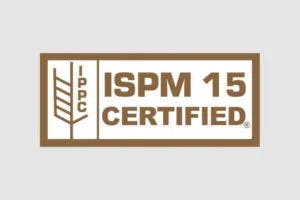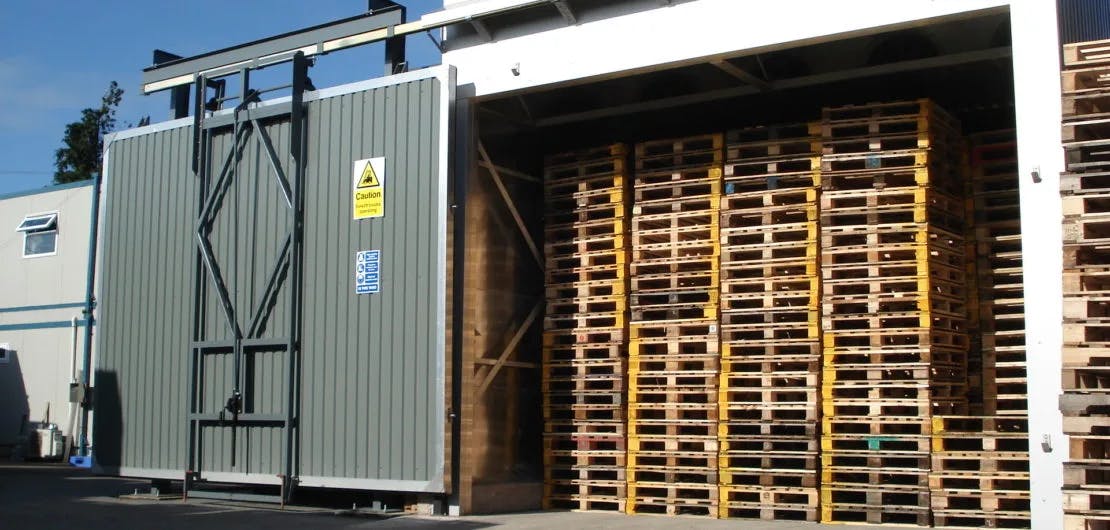Wood pallets are an excellent way to transport your commodities or products safely and efficiently. However, several elements affect wood crates and pallets, so they must be heat treated if you want to use them for international shipping. Heat treatments on pallets are subject to strict rules and regulations that must be met in order to ship them. You’ll understand how heat treatment and the ISPM-15 regulation work after reading this article.
What is the Process of Heat Treatment?
The heat treatment process involves placing wooden pallets and containers in a special chamber and heating them until the core temperature reaches 56°C (132.8°F). Before cooling, it should be kept at this temperature for 30 minutes. It is stamped with an ISPM-15 compliance mark once this process is completed.
What are the Advantages?
There are several reasons why heat treatment is desirable for wood pallets and containers.
- To begin with, it is required to ship internationally, as the heat will eliminate the potential spread of termites and prevent the wood from infestation. Keeping it heated for 30 minutes makes sure all larvae and insects are killed.
- It will also eliminate any chemical or food residue from the wood pallet or container that may have remained from earlier use.
- Heat-treated wooden pallets and containers also weigh less than untreated ones. This can save you a lot of money on shipping alone!
- With heat treatment, your wooden pallets and containers will last longer. They decompose more slowly and are more resistant to organisms that cause wood rot.
ISPM-15 Regulations

Because the state’s governing authority must approve all manufacturers of ISPM-15-certified products, you should carefully consider where you will get your crating needs from. Aircraft Crating Inc. has strict requirements that are thoroughly aligned with all of the ISPM-15 international standards requirements and the necessary credentials and licensing requirements.
